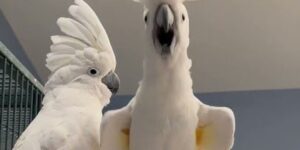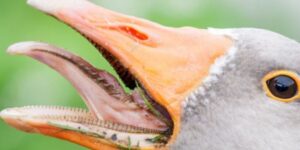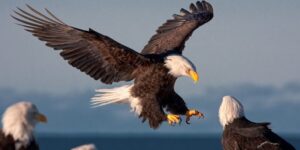Introduction
Birds of Hawaii are a remarkable group, with many species found nowhere else in the world. These birds, such as the endangered Hawaiian honeycreeper and the red-footed booby, have evolved in isolation over millions of years, adapting to the unique island environment. Their vibrant plumage, distinctive songs, and diverse behaviors make them fascinating to observe. However, Hawaii’s birds face significant challenges. Invasive species, habitat destruction, and climate change have led to a steep decline in populations. For example, rats, mongoose, and mosquitoes carry diseases that have devastated native bird species. Conservation efforts are underway to protect these unique birds. Organizations are working to restore habitats, remove invasive species, and breed endangered birds in captivity. As we recognize the importance of these birds in maintaining the ecological balance of Hawaii’s ecosystems, it is crucial to continue supporting and expanding these efforts to ensure the survival of these extraordinary creatures.
Exploring the Unique Avian Wonders: Birds of Hawaii
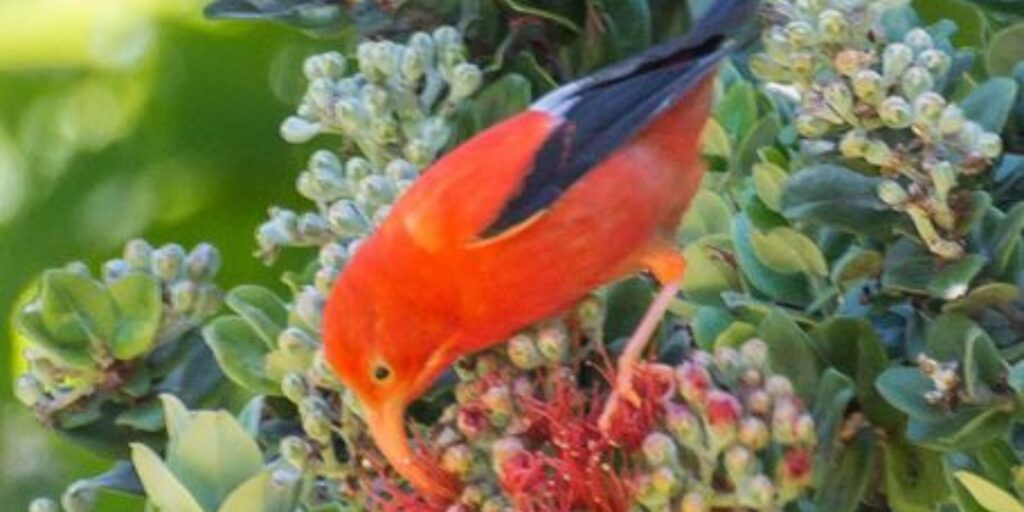
Exploring the unique avian wonders of Hawaii reveals an incredible diversity of bird species, many of which exist only on these islands. Hawaii’s isolation has fostered the evolution of birds with distinct features and behaviors. The Hawaiian honeycreeper, for example, boasts a specialized beak for feeding on native plants, while the nene goose has adapted to Hawaii’s volcanic landscapes. These birds thrive in a variety of habitats, from rainforests to coastal areas, each supporting a different range of species. However, human activity and introduced species pose significant challenges to the survival of these native birds. Predators like rats and mongoose, along with habitat destruction, threaten their populations. Fortunately, many conservation efforts aim to reverse the damage. Organizations work to restore habitats, control invasive species, and protect endangered birds. By supporting these initiatives, people can help ensure that Hawaii’s incredible avian diversity continues to thrive for future generations.
Birds of Hawaii :Ducks, Geese, and Waterfowl
Hawaii’s diverse ecosystems are home to a variety of waterfowl that add unique charm to the islands. Among these, ducks and geese showcase their vibrant plumage and varying behaviors. The Hawaiian Goose, or Nene, is particularly noteworthy as it has adapted remarkably to the volcanic landscapes.
This native bird can be spotted waddling across grasslands or soaring gracefully in the sky. Watching them interact with their environment is a captivating experience for both locals and visitors alike. Their honking calls echo through the valleys, adding a delightful soundtrack to Hawaii’s natural beauty.
In addition to the Nene, several introduced species have also made Hawaii their home. Ducks like the Northern Pintail and Mallard often frequent wetlands around urban areas and parks. They thrive in these habitats where food sources abound.
Waterfowl play an essential role in maintaining ecological balance by controlling aquatic vegetation growth and providing nutrient cycling in freshwater systems. This not only benefits themselves but also supports countless other wildlife species reliant on healthy ecosystems.
Birdwatchers flock (pun intended) to spots along lakeshores and marshes for glimpses of these enchanting creatures amid stunning backdrops of palm trees and ocean views. Whether it’s observing social behaviors or enjoying their playful antics, encountering ducks, geese, and waterfowl enhances any visit to Hawaii’s natural wonders.
Birds of Hawaii :Pheasants, Grouse, and Allies
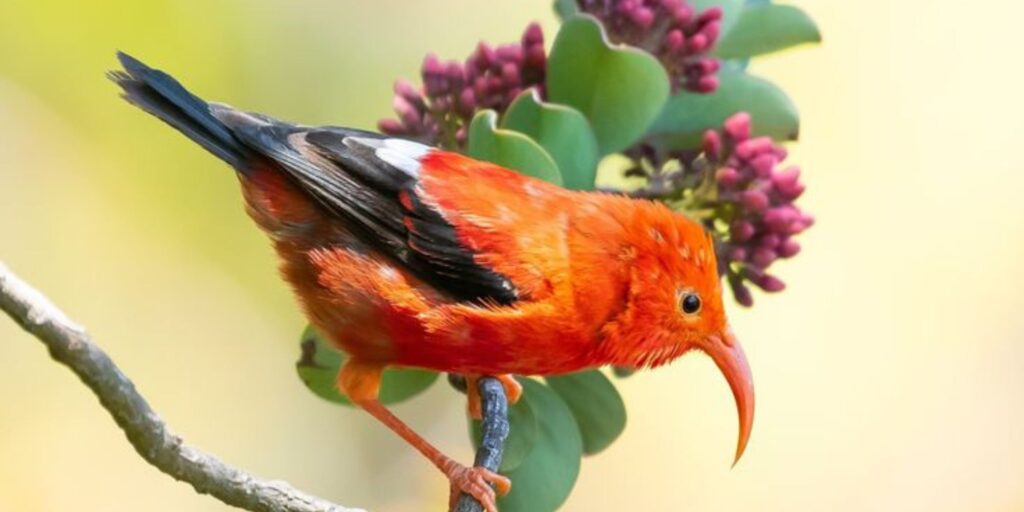
Hawaii is not typically known for its pheasants and grouse, but the islands host some fascinating species that capture the imagination. One of the most notable is the Hawaiian Jungle Fowl. This bird, often seen roaming freely, displays vibrant plumage and an impressive comb. Early Polynesian settlers likely brought their descendants to the islands.
Another intriguing member of this group is the Kalij Pheasant. Originally from Asia, it has adapted well to Hawaii’s lush landscapes. Its dark feathers blend seamlessly into forested areas while making it an exciting sight for birdwatchers.
Although grouse is rare on these islands, you might encounter another resident: the Chukar Partridge. Introduced as game birds, they thrive in Hawaii’s varied habitats and can often be seen scurrying through grasslands or rocky terrains.
These avian wonders add unique character to Hawaii’s ecosystems. They enhance biodiversity and offer recreational hunting opportunities across several island locations.
Birds like these provide insights into how species adapt when introduced to new environments. Observing their behaviors offers a deeper understanding of survival strategies within Hawaii’s diverse ecosystems.
Birds of Hawaii :Pigeons and Doves
Hawaii is home to a remarkable variety of pigeons and doves, showcasing unique adaptations that have evolved in isolation. The most notable among them is the Hawaiian native, the ‘ūlae, or Hawaiian wood pigeon. This bird has vibrant plumage and plays an essential role in seed dispersal within its forest habitat.
Another fascinating species is the mourning dove, which can be spotted throughout the islands. These birds are graceful fliers with soft cooing calls that contribute to Hawaii’s serene ambiance. Their adaptability allows them to thrive in various environments across urban areas as well as rural landscapes.
The endemic species include several types of doves such as the endangered palila and kana – both offering a glimpse into Hawaii’s rich biodiversity. The Palila particularly stands out for its striking yellow head and love for mama trees found on Mauna Kea.
Pigeons serve not only as vital ecological components but also hold cultural significance for many local communities. They symbolize peace and harmony while often being featured in traditional stories passed down through generations.
Birdwatchers will find joy in spotting these feathered friends against stunning backdrops of lush greenery or coastal vistas. Each encounter adds layers to understanding Hawaii’s intricate avian tapestry, making every sighting special.
Shearwaters and Petrels
Hawaii’s coastal waters are home to some intriguing avian species, particularly shearwaters and petrels. These seabirds are skilled fliers, gracefully gliding over the ocean waves with remarkable precision. Their long wings allow them to cover vast distances in search of food.
Shearwaters are known for their distinctive flight style. They often soar low above the water’s surface, using wind currents to conserve energy. This adaptation makes them highly efficient hunters, as they can spot fish from significant heights.
Petrels share similar traits but have a more rounded body shape and shorter wings compared to shearwaters. One fascinating aspect of these birds is their ability to find their way back to nesting sites after long oceanic journeys. Some even navigate by scent!
The Hawaiian Islands host several unique species within this group, including the endangered Hawaiian Petrel or ‘Ua’u. Conservation efforts strive to protect these incredible birds from threats such as habitat loss and introduced predators.
Watching shearwaters and petrels during twilight hours adds an extra layer of magic to any trip to Hawaii. As they return from feeding trips under a colorful sunset sky, it’s hard not to be captivated by their beauty and gracefulness at sea.
Mockingbirds and Thrashers
Hawaii is home to unique and vibrant avian species, including the fascinating mockingbirds and thrashers. These birds are known for their melodious songs and adaptability. They thrive in various habitats across the islands.
The Hawaiian Mockingbird, often found in urban areas, has an impressive vocal range. It mimics sounds from its environment, blending natural calls with mechanical noises. This ability makes it a delightful presence for birdwatchers and nature lovers alike.
Then there’s the ‘Ōʻōʻā (Moho brackets), which was once common but is now critically endangered. This thrasher had a distinctive appearance with brown plumage that provided camouflage among Hawaii’s forests. Unfortunately, habitat loss has pushed this bird closer to extinction.
On more fortunate notes, some native thrashers still roam freely on the islands’ landscapes. Their songs fill valleys and forests with rich melodies reminiscent of Hawaii’s diverse ecosystems.
In contrast to these native species are introduced birds like the California Thrasher. While they add diversity to Hawaii’s avifauna, they sometimes compete with local populations for resources. As you explore these stunning islands, listen carefully; you might just catch a glimpse or hear a note from one of these enchanting singers.
Native Birds of Hawai’i Volcanoes National Park
Hawai’i Volcanoes National Park is a sanctuary for some of the most unique birds in the world. Here, you can witness species that are endemic to Hawaii, thriving in an environment shaped by volcanic activity. The diverse ecosystems within the park—from lush rainforests to stark lava fields—create ideal habitats for various avian wonders.
One notable native bird is the ‘I’iwi, known for its striking red plumage and long curved bill. This honeycreeper plays a crucial role in pollinating native flowers while feasting on nectar. Its vibrant colors are not just beautiful; they also attract attention from birdwatchers eager to capture this iconic sight.
Another fascinating inhabitant is the Hawaiian Goose or Nene. Once on the brink of extinction, conservation efforts have helped increase its population within the park.
The elusive ‘Ākohekohe (or Crested Honeycreeper) adds another layer of intrigue to Hawai’i’s avian landscape. With its distinctive crest and melodious calls, it thrives among ohia trees where it finds food and shelter.
Exploring these unique birds in their natural habitat offers an unforgettable experience that highlights both beauty and fragility within Hawaii’s ecosystem.
Backyard Birds of Hawaii: Abundant Exotics
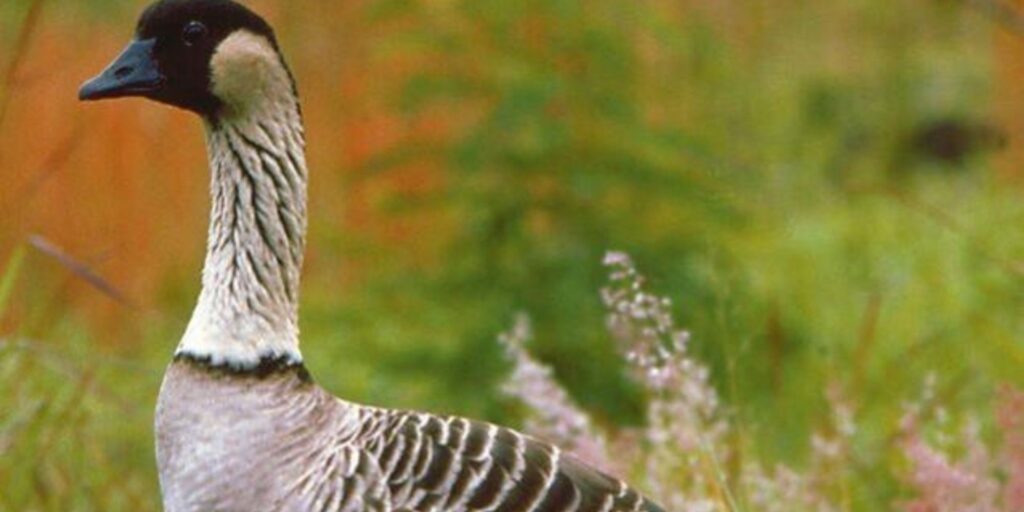
Hawaii is not just a paradise for endemic birds; it’s also a vibrant hub of exotic species. Many bird enthusiasts flock to gardens and parks across the islands, where an impressive variety of non-native birds have made their home. These backyard visitors often include brilliant finches, colorful canaries, and even elegant parrots.
Among them are the charming red-crowned parakeets, known locally as “kākāwahie.” Their lively chatter adds a delightful soundtrack to any outdoor space. Additionally, you might spot the striking Java sparrow with its distinctive plumage flitting about in search of seeds and fruits.
The common myna is another notable resident, easily recognized by its yellow wing patches and bold personality. This adaptable bird thrives in urban areas as well as rural settings. While these exotics may not be native to Hawaii’s ecosystem, they certainly enrich it.
Birdwatchers will appreciate that many of these introduced species exhibit fascinating behaviors that can captivate audiences young and old alike. Setting up feeders or providing natural habitats encourages interactions with these avian guests right from your backyard.
Exploring Hawaii’s diverse avifauna reveals layers upon layers of beauty—both native wonders and exotic surprises waiting at your doorstep!
